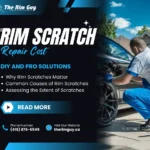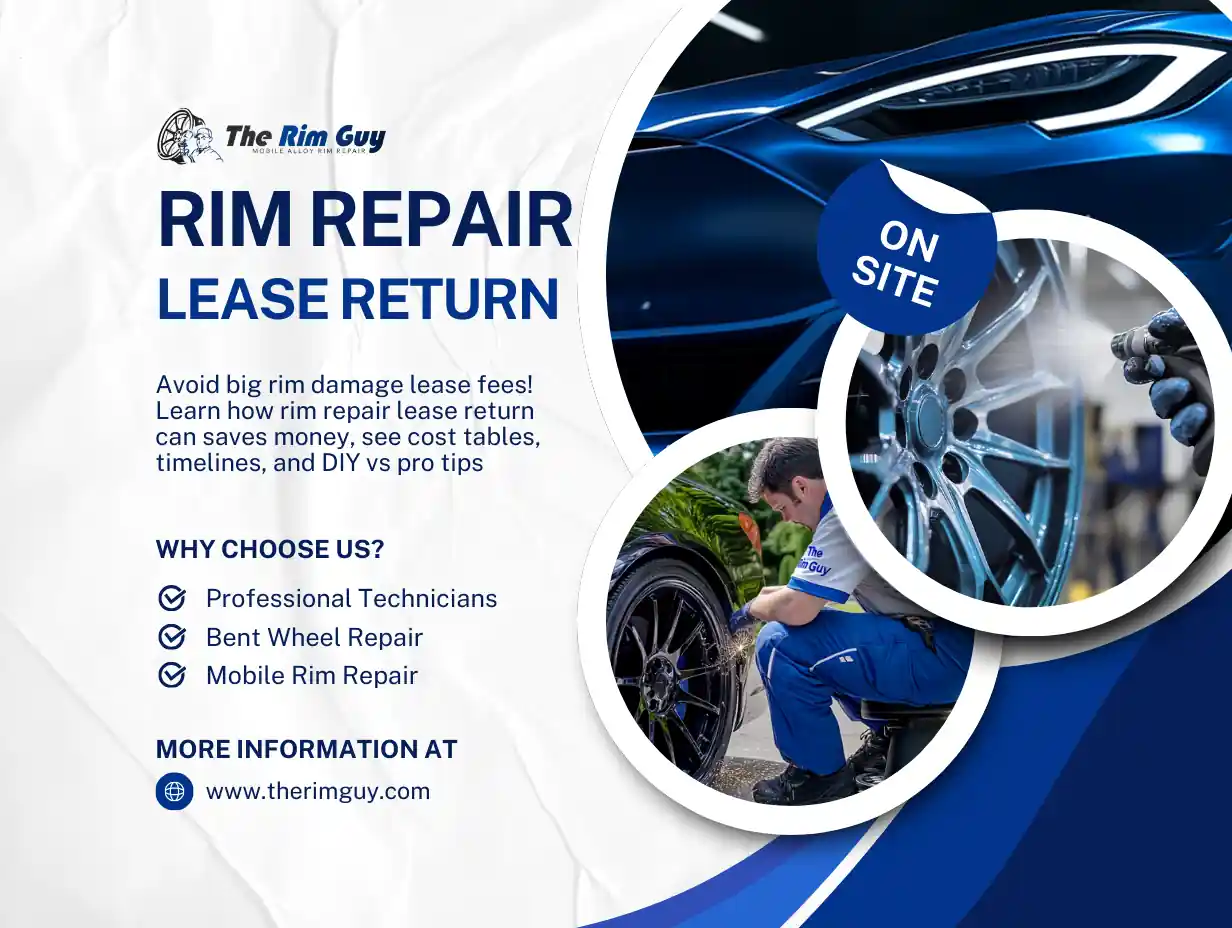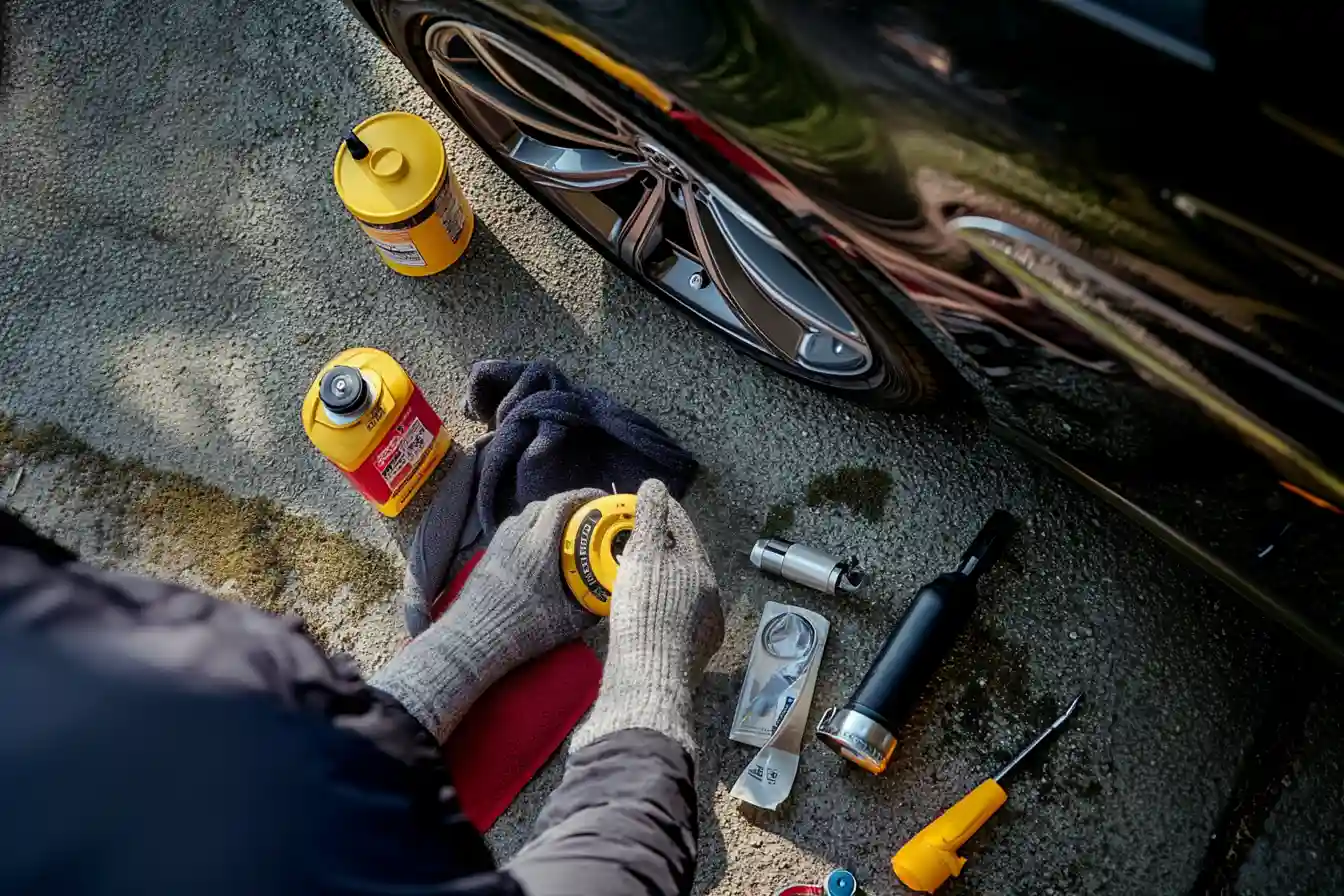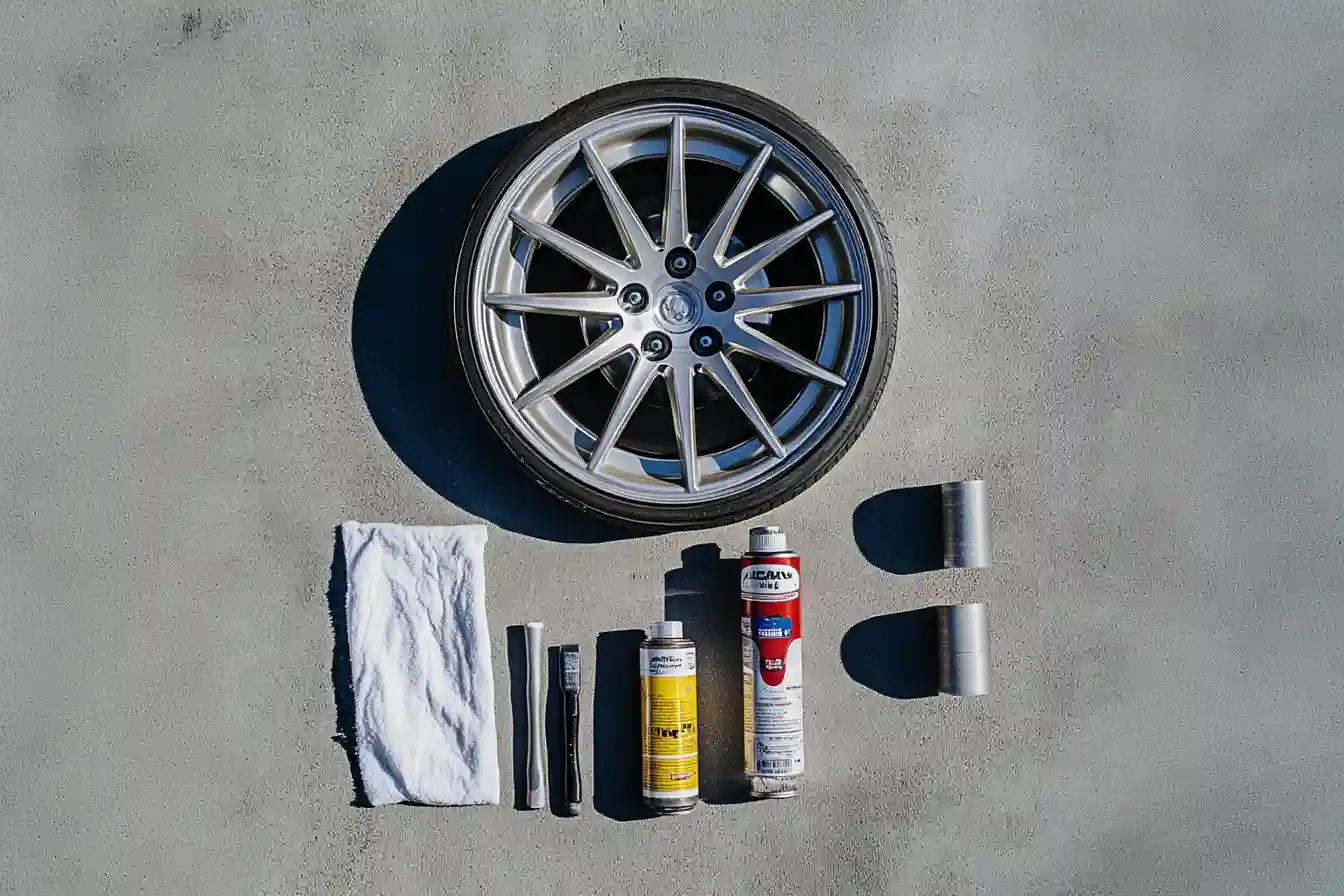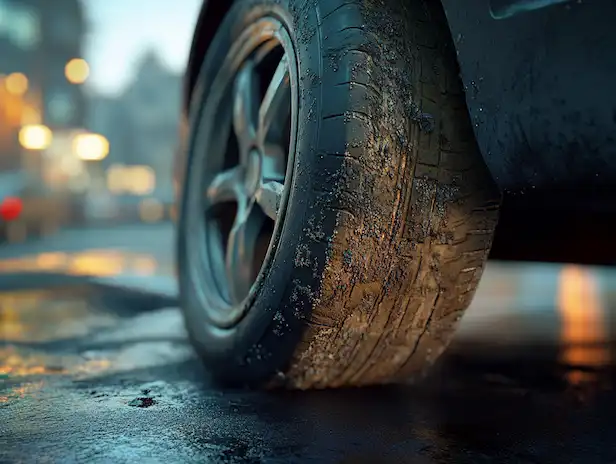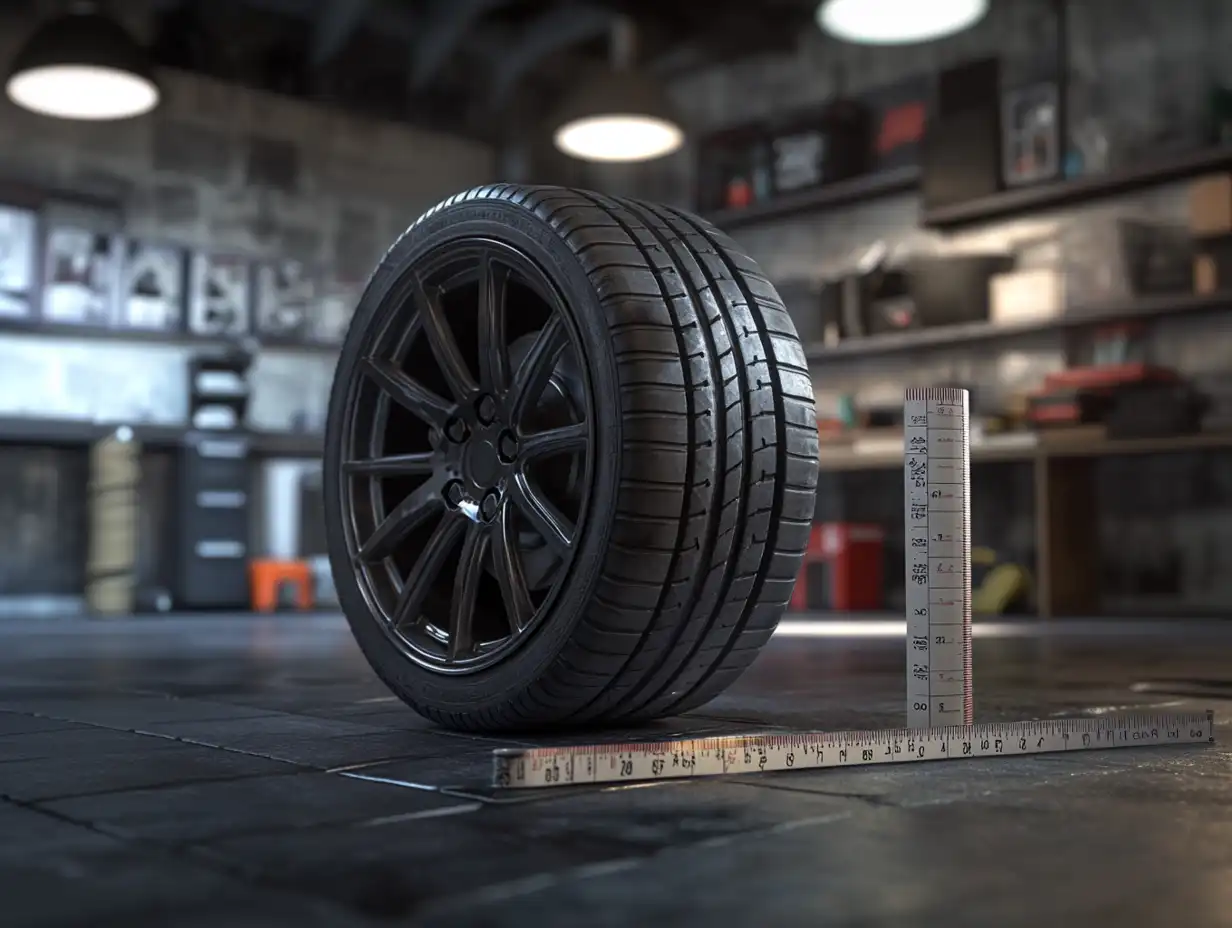Whether you drive a compact commuter or a heavy-duty truck, your vehicle’s tires and rims work together to ensure stable handling, good fuel economy, and a comfortable ride. Yet damage to rims or worn-out tires can undermine performance and even create safety hazards. This is where Tire Change and Rim Repair comes in—a one-stop approach that addresses both tire replacements and rim restorations simultaneously. By bundling these services, you can often save time, reduce costs, and avoid the hassle of juggling multiple appointments.
In this in-depth guide, we’ll explore the benefits of combining mobile Tire Change and Rim Repair, discuss the warning signs to watch for, and break down both DIY and professional methods. We’ll also dive into cost factors, share real-life examples, and provide preventative measures to extend the life of your tires and rims. Whether you’re seeking a quick tire service, curious about mobile tire change and rim repair options, or simply want to know how the best rim repair shops operate, you’ll find valuable insights to keep your vehicle running smoothly—and looking good—on the road.
Why Combine Tire Change and Rim Repair?
Merging Tire Change and Rim Repair into a single service can save you both time and money. Here’s why:
- Efficiency: Changing tires while the rim is already off allows technicians to inspect and fix rim damage on the spot.
- Cost-Effectiveness: Bundling services often results in discounts, lowering the cost to change tires and repair rims.
- Improved Safety: Addressing worn tires and damaged rims together reduces the risk of blowouts, steering issues, and poor handling.
- Convenience: Handling both tasks at once eliminates repeat visits to service centers or scheduling multiple appointments.
- Better Aesthetics: Refurbished rims elevate your vehicle’s overall look, while fresh tires ensure top performance.
By unifying Tire Change and Rim Repair under a single umbrella, you simplify the maintenance process, minimize downtime, and maintain consistent quality.


Warning Signs: When You Need Tire Change & Rim Repair
Addressing tire and rim problems early prevents more expensive repairs:
- Excessive Vibration: Could indicate bent rims or misaligned wheels, especially noticeable at highway speeds.
- Visible Cracks or Gouges: On the rim’s outer edge or spoke area—major red flags for structural integrity.
- Repeated Air Pressure Loss: If your tires keep deflating, it might be due to a damaged rim bead or worn tire.
- Uneven Tread Wear: Spotty tread wear can point to poor wheel alignment or rim issues aggravating the tire’s contact patch.
- Bulges or Blisters on Tires: Often a result of hitting potholes or curbs, these can coincide with rim damage.
Paying attention to these signals helps you decide whether you simply need a quick tire service or if it’s time for comprehensive Tire Change and Rim Repair.
DIY vs. Professional: Pros and Cons
Before deciding on a solution for Tire Change and Rim Repair, weigh the pros and cons of a do-it-yourself approach against hiring professional rim repair shops.
| Aspect | DIY Approach | Professional Services |
|---|---|---|
| Skill Requirement | Moderate to High—mounting tires and fixing rims can be complex | Trained technicians handle everything start to finish |
| Cost | Lower upfront, but requires specialized tools | Higher, though may include discounts when bundling services |
| Time Investment | Potentially significant, especially if you lack equipment | Quick turnaround in a well-equipped shop |
| Quality Assurance | Variable—depends on personal experience | Typically offers warranties or guarantees |
Tip: If you’re confident with basic mechanical tasks, a DIY approach might be fine for minor rim scuffs or simple tire swaps. However, advanced repairs—like welding cracks or rebalancing wheels—often demand professional expertise.
Step-by-Step: DIY Tire Change & Rim Repair
If you’re determined to tackle Tire Change & Rim Repair at home, here’s a broad overview:
- Preparation: Park on a level surface and secure your vehicle with jack stands or ramps. Gather tools like a lug wrench, torque wrench, tire bead breaker, and rim repair materials.
- Tire Removal: Loosen lug nuts in a star pattern before raising the car. Once lifted, remove the lug nuts fully and pull off the wheel.
- Rim Inspection: Check for cracks, bends, or deep gouges. Minor scratches can often be sanded and filled, but more severe damage may require a professional rim repair shop.
- Repairing Rim Scratches: Use fine-grit sandpaper (320–600) to smooth surface scuffs. Apply a specialized rim filler or putty for deeper grooves, followed by primer and matching paint.
- Mounting New Tires: Ensure correct tire orientation and match the recommended psi. Seat the bead using a compressor, then balance the wheel.
- Reinstallation: Align the wheel on the hub, tighten lug nuts by hand, then lower the car slightly to torque them in a star pattern.
Advantages: Potentially low cost to change tires and repair rims, personal satisfaction.
Drawbacks: Time-consuming, risk of incomplete or subpar results if you lack skill or tools.
Professional Tire Change & Rim Repair Services
Professional rim repair shops often provide a more comprehensive package:
- Full Inspection: Technicians use diagnostic equipment to check for bends, cracks, or structural weaknesses.
- Advanced Repair Techniques: Welding for cracks, hydraulic presses for bent rims, and CNC lathes for precision shaping.
- Paint Matching or Powder Coating: Ensures rims look factory-fresh, with better durability.
- Wheel Balancing & Alignment: Minimizes vibrations, extends tire life, and boosts overall handling.
Combining these services with a tire change typically streamlines your Tire Change & Rim Repair experience, offering warranties and peace of mind.
Table: Common Rim Damages & Recommended Fixes
| Type of Damage | Description | Suggested Repair Method |
| Surface Scratches | Minor scuffs affecting paint or clear coat | DIY sanding & paint if you’re comfortable |
| Deep Gouges/Bends | Structural harm from potholes/curbs | Professional welding, hydraulic press |
| Cracked Rim | Fractures usually near spokes or outer lip | Expert TIG or MIG welding, safety inspection |
| Corrosion/Rust Pitting | Moisture infiltration under finish | Sandblasting & re-coating; likely pro-level |
Note: Attempting major repairs at home may lead to higher costs later if the fixes don’t hold up. Weigh the potential savings against the risk of further damage.
Pricing Factors: How to Estimate Rim Scratch Repair and Tire Change Costs
Your final Rim Scratch Repair Cost combined with a tire change depends on multiple elements:
- Rim Material: Aluminum alloy rims are more common and typically easier to repair, while steel or specialty rims (chrome, carbon fiber) may be more expensive.
- Extent of Damage: Simple scratches or minimal corrosion are cheaper to fix than bent or cracked rims.
- Tire Quality & Brand: Premium tire models cost more, but often come with better mileage and performance.
- Labor Rates: Geographic location significantly affects how much a shop charges per hour.
- Bundled Deals: Some rim repair shops offer discounts on tire changes and repairs if you combine services in one visit.
Table: Typical Costs for Tire Change & Rim Repair
| Service | Approx. Cost Range (Per Wheel) | Notes |
| Tire Removal & Mounting | $20 – $50 | Extra fees for TPMS reset or specialty tires |
| Basic Rim Scratch Repair | $50 – $100 | Light sanding, filler, paint for minor scuffs |
| Major Rim Repairs (Bends/Cracks) | $100 – $250+ | Welding, shaping, refinishing |
| New Tire Purchase & Install | $70 – $250+ | Varies widely by tire brand and size |
Keep in mind that going the professional route for Tire Change & Rim Repair often includes balancing and alignment checks, which can extend tire life and ensure a smoother ride.
Real-World Example
A busy delivery driver faced multiple issues—balding tires and curb-scraped rims on the front axle. Splitting the task between a tire shop and a separate rim repair facility would’ve cost roughly $400 in labor alone, not counting new tires. Instead, the driver chose a quick tire service that bundled new tires with professional rim scratch repair for $320 total. The technician also discovered a slight bend in one rim and corrected it, ensuring better handling and reducing future expenses. By merging Tire Change & Rim Repair, the driver saved both time and money while improving road safety.
Mobile Tire Change & Rim Repair: A New Trend
The automotive industry has witnessed a rise in mobile tire change & rim repair services. These on-the-go solutions bring tire mounting, balancing, and even rim refinishing straight to your driveway:
- Convenience: Ideal for those with hectic schedules, you don’t have to drive to a shop or wait in line.
- Fleet Servicing: Businesses running multiple vehicles can schedule on-site maintenance.
- Emergency Support: Mobile units often handle flat tires or minor rim damage on the spot, minimizing downtime.
However, major rim repairs requiring welding or specialized equipment may still necessitate a dedicated service center.
Preventive Measures to Minimize Tire Change & Rim Repair Needs
Smart driving habits and routine care can extend the interval between replacements:
- Monitor Tire Pressure: Underinflated tires increase rim impact on potholes or curbs.
- Frequent Rotations: Rotating tires every 5,000 to 8,000 miles promotes even tread wear.
- Gentle Parking: Using mirrors, parking sensors, or backup cameras reduces curb rash.
- Regular Washing: Brake dust and road salt corrode unprotected wheel surfaces.
- Alignment Checks: Misalignment speeds up tire wear and can strain rims unevenly.
Following these steps lessens the likelihood of sudden blowouts, wobbly steering, and the urgent need for Tire Change & Rim Repair.
Additional Tips for Cost Savings
- Off-Peak Scheduling: Some shops reduce labor charges during slower seasons or weekdays.
- Bulk Discounts: If multiple tires or rims require attention, ask about package rates.
- Used or Refurbished Rims: Buying pre-owned rims in good condition can be cheaper than repairing severely damaged ones.
- Warranty Coverage: Certain tire brands or rim coatings come with warranties that offset future repair costs.
Staying proactive and researching your options can significantly slash your overall cost to change tires and repair rims.
Where to Learn More
If you want further details on advanced rim repair methods or tire technology, check out Motor Trend’s Wheel and Tire Guides. To get a personalized rim repair estimate or talk to professionals about the best approach, therimguy.ca offers transparent consultations and expert workmanship.
Conclusion
Combining Tire Change & Rim Repair into a single service session is a smart way to maintain your vehicle’s safety and style without juggling multiple appointments—or inflated costs. Whether you opt for a mobile tire change & rim repair solution or visit a specialized shop, handling both tire and rim maintenance at once generally leads to better outcomes, fewer hassles, and noticeable cost savings. From minor scuffs to severe bends, addressing issues promptly not only prevents further damage but also optimizes performance and extends tire life.
Knowing your options—DIY vs. professional, basic touch-ups vs. advanced rim welding—empowers you to budget wisely and keep your ride in peak condition. By combining consistent upkeep with timely interventions, you’ll minimize your overall Rim Scratch Repair Cost or tire replacement expenses, and ensure a smooth, reliable ride wherever your travels take you.



